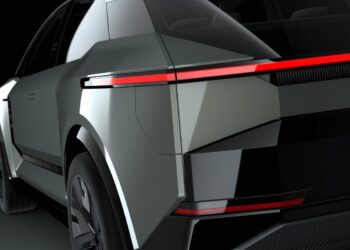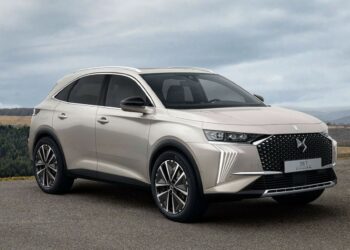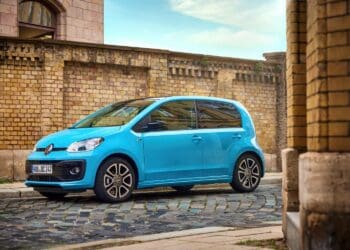The Renault Group brand continues to make it clear that it will maintain its strong commitment to LPG, at a time when most brands are aiming for electrification and are therefore leaving bi-fuel engines behind. The decision comes as the Romanian brand focuses on keeping its cars affordable at a time when fuel prices are rising.
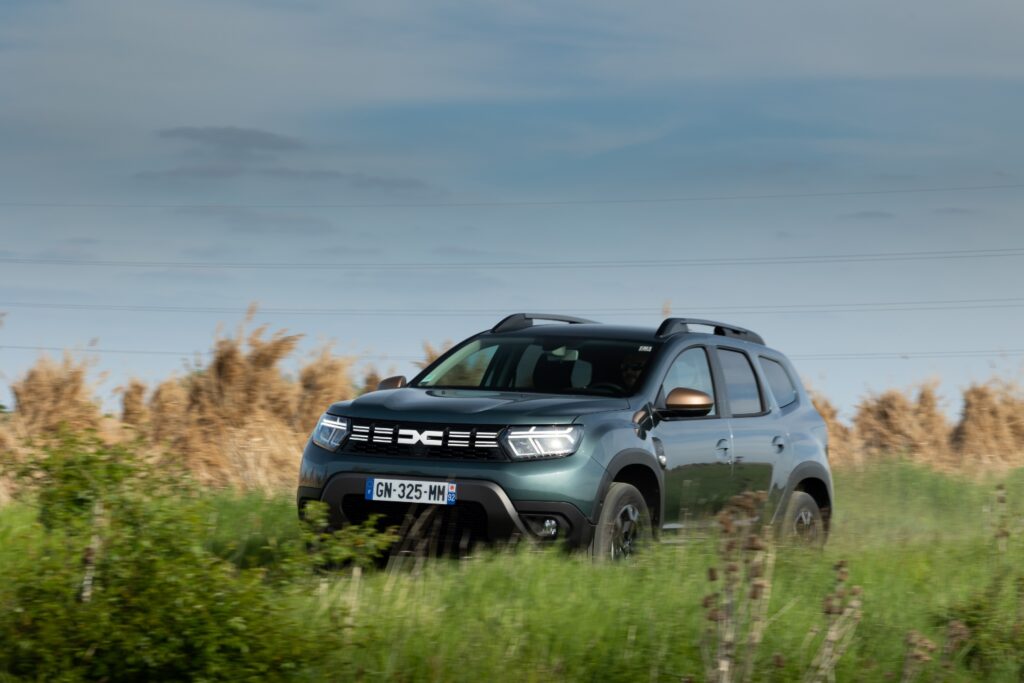
Dacia currently holds 76% of the national market and its offer of bi-fuel engines, i.e. vehicles that consume petrol or LPG, is transversal to its entire range of thermal engines, and according to the brand represents 55% of sales to individuals, which could increase in the near future with the arrival on the market of the new generation of the Duster SUV, as well as the Bigster, models that will also have LPG versions.
Dacia currently uses LPG in its Sandero, Sandero Stepway, Duster and Jogger models, and the decision to increase the number of vehicles with bi-fuel technology is justified by the sharp difference in the price of LPG Auto, which is much more economical than petrol, a difference of around 55%, which according to the brand can translate into significant savings on a 50-liter tank.
The advantages of LPG don’t stop at fuel costs, as Dacia has announced that CO2 emissions are also reduced by 10%, operating noise is reduced by 50% and the maintenance costs of a bi-fuel model, as announced by Dacia, are 30% lower than those of a traditional fuel model.
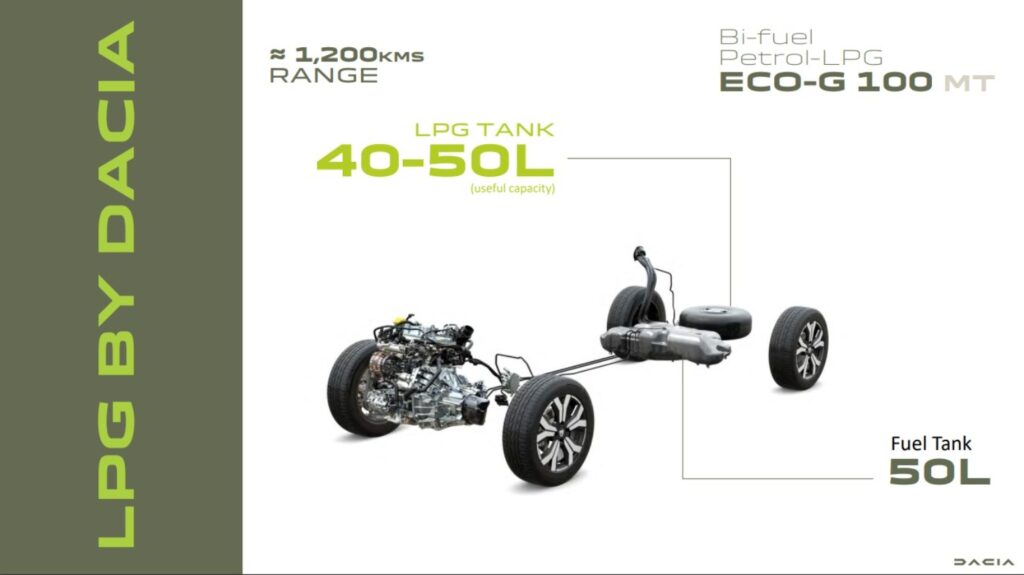
Contributing to this are the new Dacia Eco-G 100 three-cylinder 1.0-liter engines, which are equipped with a different set of injectors for each type of fuel, which together with an engine-specific operating map, provide an increase of 10 hp in power and 10 Nm in torque. This engine is paired with a manual gearbox and a front-wheel drive system.
For the driver, the bi-fuel technology is managed inside the vehicle, where range indicators are available for each tank, integrated into the dashboard, and the driver can also choose to select the desired fuel to run on at the touch of a button, or automatically if the tank in use runs out, making it impossible for the vehicle to stand still.

Safety is another of the key factors of LPG vehicles, and it’s far from what it was when this technology first appeared, since Dacia includes two safety valves, with the tank placed in place of the spare wheel, without “stealing” space from the luggage compartment, with a capacity of 50 liters, and an announced autonomy of up to 1 200 kilometers.Perhaps that’s why José Pedro Neves, general manager of Dacia in Portugal, announced that “Anyone who tries a bi-fuel model is convinced and when they have to change their car, they opt for another bi-fuel vehicle. What’s more, the vast majority of drivers use their vehicles outside the city very often, and drive in LPG mode between 79% and 85% of the time.”The brand’s commitment to increasing sales of bi-fuel cars is based on “in the coming years, due to the growth of company fleets, which may find LPG a more economical solution than gasoline and diesel, not least because the advantages include a 50% VAT deduction on the purchase of the car, as well as a 50% VAT deduction on LPG refueling”Currently, there are 15 million LPG vehicles on the road in Europe, including 600,000 units sold by Dacia, of which 15,000 are in Portugal.

The table of countries on the old continent with the highest number of LPG models is led by Turkey with 4.9 million, followed by Poland with 3.3 million and Italy with 2.5 million.
Note also the LPG refueling network, which in Portugal already has 418 stations, which according to Galp, Dacia’s partner, is more than enough to satisfy the current market, and therefore, according to Gonçalo Couto, the oil company’s head of LPG, he made it clear that “it is not in the company’s plans to expand the supply network” This is despite the fact that LPG consumption in Portugal has grown by 67% in the last 13 years. It therefore remains to be seen whether the lack of growth in the supply network could jeopardize Dacia’s ambition to significantly increase the sale of vehicles with bi-fuel technology on the national market.


